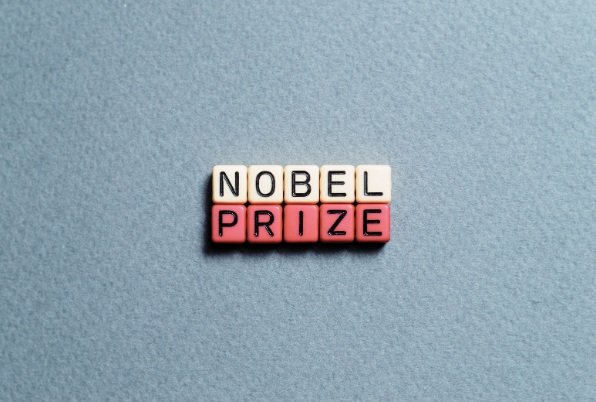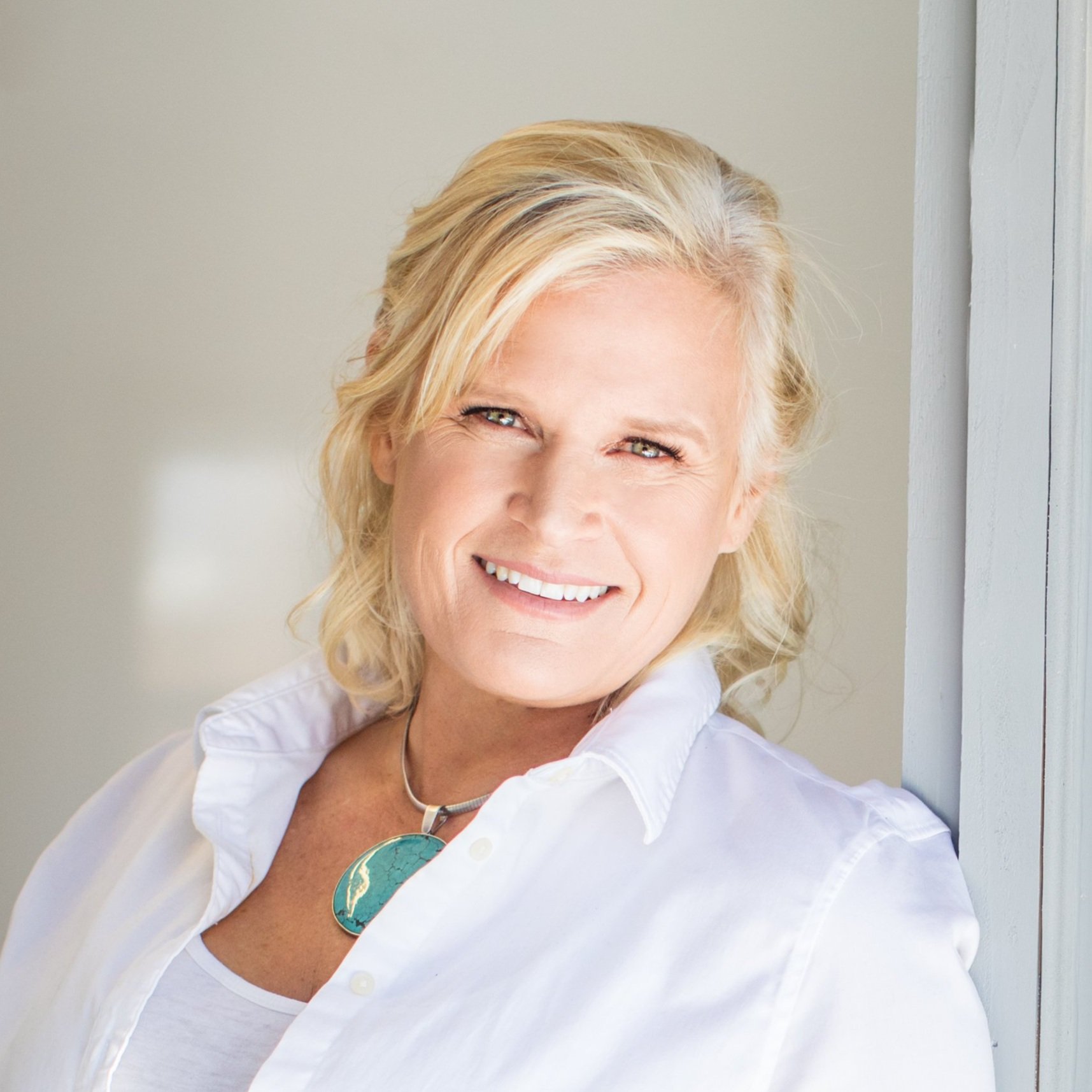Celebrating Neurodiverse Brilliance: Nobel Prize Winners: Did They Defy Convention or Set a Norm?
On December 10th, the world comes together to celebrate the remarkable achievements of individuals who have made groundbreaking contributions to humanity. Nobel Prize Day is a moment to honor those whose work has changed the course of history. This blog highlights a different facet of these laureates— their neurodivergence, including Patience Thomson's family. It reveals a legacy that spans generations, weaving a narrative of neurodiverse genius that has shaped the innovation landscape. Let's explore the stories of Nobel Prize makers who, armed with neuro-distinct minds, defied convention or perhaps created a norm.Richard Feynman: Physics (1965)
Renowned for his work in quantum mechanics, Feynman's mind was a tapestry of unconventional Image for a blog on Neurodiverse Nobel Prize Winners by Gail Suitor, of Ignite Change Makers.
thinking. Diagnosed with dyslexia, he embraced his unique cognitive style, revolutionizing how we understand the subatomic world.Sir John B. Gurdon: Physiology or Medicine (2012)
Gurdon's groundbreaking research in cloning and stem cell biology earned him a Nobel Prize. What many may not know is that he faced academic struggles early on due to dyslexia. His journey is a testament to the power of perseverance and the ability of neurodivergent minds to redefine scientific landscapes.
Albert Einstein: Physics (1921)
The iconic physicist behind the theory of relativity, Einstein's neurodivergence, often speculated as ADHD or Autism, fueled his creative genius. His unconventional thinking forever altered our understanding of the cosmos.Dr. Carol Greider: Physiology or Medicine (2009)
Carol W. Greider is a distinguished molecular biologist renowned for discovering the enzyme telomerase, pivotal in cell division. Her pioneering work extends to unraveling the structure of telomeres and protecting chromosomes through condensed coils. In 2009, Greider, Jack W. Szostak, and Elizabeth Blackburn received the Nobel Prize in Physiology or Medicine for revealing how telomeres and telomerase safeguard chromosomes during processes causing DNA erosion. In a candid interview, Greider shared her personal academic challenges, emphasizing her resilience despite struggling through school and taking remedial classes that failed to improve her grades.The Thomson-Bragg Legacy: A Family Tapestry of Innovation
Patience Thomson, former head of Fairley House School for Dyslexics in London and a publisher dedicated to reluctant readers, shared her family's extraordinary legacy at a Green College Conference.The Bragg Legacy
Patience Thomson's family is a living testament to the intertwined connection between dyslexia and exceptional visual-spatial capabilities. Her grandfather, Sir William Bragg (1862-1942), and her father, Sir Lawrence Bragg (1890-1971), were awarded a joint Nobel Prize for their groundbreaking work in x-ray crystallography. Their achievements underscore the profound impact of visual-spatial acuity on scientific innovation.The Thomson Dynasty
On her husband David Thomson's side, the legacy of Nobel laureates continues. His grandfather, Sir Joseph Thomson (1856-1940), earned the Nobel Prize for the discovery of the electron, a revelation that revolutionized the field of physics. The legacy extends to his father, Sir George Thomson (1892-1975), recognized for discovering electron diffraction.
The Genetic Link for Dyslexia
While most of these scientists lived in a time when dyslexia was not a diagnosis, Patience suspects all of these esteemed scientists had it. Science discovered genetic markers for dyslexia, and throughout five generations of these families, with many children and grandchildren, there have been 12 who are (or were) mildly dyslexic and 11 who are dyslexic, with many great-grandchildren who are “too young to tell.” This family’s history showcases the dynamic interplay between neurodivergence and transformative breakthroughs.Conclusion
In this blog, we uncover the untold stories of neurodivergent Nobel Prize makers, weaving a narrative that challenges stereotypes and celebrates the brilliance that emerges from neuro-distinct minds that see the world through a different lens. This December 10th, let's honor the legacy of neurodiverse trailblazers and the families who have, across generations, reshaped the landscape of innovation, proving that neurodiversity is the key to unlocking extraordinary potential.
References:
Thompson, S. (2008). The discovery, development, and future: The Nobel Prize 2007.
Journal of Physics D. https://doi.org/10.1088/0022-3727/41/9/093001
West, Thomas G. (2023).
Dyslexic Talents and Nobel Prizes. LD Online. Topics. https://www.ldonline.org/ld-topics/self-esteem-stress-management/dyslexic-talents-and-nobel-prizes
Empower your organization with our comprehensive suite of services tailored to your unique needs, goals, and budgets. From full-service audits to a la carte options, we're here to enhance your inclusive journey.
Contact Ignite Change Makers today
for your complimentary 30-minute consult.
Give us a chance to ignite innovation in your community through supporting neurodiversity.
Hey There, I’m Gail Suitor
Living and working with a neurodivergent brain can be challenging. I know because I have one, raised three, and taught many over 25+ years.
I help learning disabled people break free from labels so that they can appreciate their unique brains, ignite their brilliance, follow their passions, and become the change makers they were born to be.
My Change Maker Accelerator Program uses Mastermind Pods to help participants learn the 7 strategies of highly effective neurodiverse people so that they can discover their superpowers, develop their Ultimate Change Maker Blueprint, and create the life they want.
Explore The Blog




